
Despite fluctuations in the footwear industry (such as the relatively recent embrace of “maximalist” shoes by manufacturers), the interest in more minimalist footwear continues, with many consumers wanting to try something new and novel. More and more minimalist footwear companies are popping up, and many conventional shoe manufacturers are still offering “minimalist” models for the subset of their customer base interested in less shoe. We welcome this change in mindset from the major shoe manufacturers, though we’re sometimes puzzled by what companies label as minimalist or “barefoot.” If the goal of minimalist shoes is to allow the user a more barefoot type of experience, then most manufacturers are still not getting it right. Here’s why.
What's A True Minimalist Shoe?

A true minimalist shoe, according to our definition, is no more (or no less) than a protective covering and ornamental dressing that allows your foot to function like a bare foot inside the shoe. In order for a shoe to do this, it must incorporate four very important design features that encourage optimal natural foot health and function. These four design features include:
-
A sufficiently wide toe box to allow for natural toe splay (i.e., no tapering toe boxes)
- A completely flat sole from heel to toe (i.e., no heel elevation or toe spring)
- A sole that can easily be bent or twisted in multiple directions
- An overall lightweight design
For a more in-depth review of what constitutes a foot-healthy shoe, please see our article entitled Definition of a Healthy Shoe. For a more thorough consideration of footwear features to avoid, please see our article entitled Problematic Shoe Design Features.
A Major Design Flaw Not Considered

Most minimalist shoes we’ve seen possess perhaps two or three of the key foot-healthy characteristics mentioned above, though, almost universally, manufacturers fail to incorporate a sufficiently wide toe box into their minimalist designs. We can’t stress enough the importance of this design feature in supporting both short-term and long-term foot and lower extremity health. Your toes are absolutely crucial to proper foot function and health, and ensuring they are properly splayed, especially during weight-bearing activities such as standing, walking, and running, means significantly reducing your chances of developing common—and sometimes debilitating—foot ailments, such as bunions, crooked toes, plantar fasciosis, and osteoarthritis.

Indeed, a true minimalist shoe takes into consideration normal, healthy foot anatomy and respects the fact that the widest part of your foot should be at the ends of your toes, not the ball of your foot. The gold standard for assessing toe box width in minimalist shoes is whether or not the shoe can accommodate Correct Toes toe spacers. Correct Toes gently realigns your toes in their normal anatomical position, which is in line with their corresponding metatarsal bones. If the shoe can accommodate Correct Toes without pinching or encroaching on your toes, then you can be reasonably confident that the shoe will help, not hinder, foot form and function.
SHOP CORRECT TOES
Effects on Gait & Foot Strike

A true minimalist shoe does not include any motion control “technology” that could interfere with the natural functioning of your foot, celebrates the inherent strength and integrity of your foot, and acts as a thin protective layer between you and the surface upon which you walk. A true minimalist shoe should also encourage healthy gait patterns during both walking and running, and it should help you step lighter too (i.e., the shoe should encourage a lower-impact midfoot or forefoot strike). A midfoot or forefoot strike helps your body better handle or disperse the forces associated with bipedal movement and will help preserve the integrity of your joints and other tissues.

Helpful Exercise: To better understand the impact forces that occur during walking or running and how they differ between conventional and minimalist shoes, try plugging your ears (with earplugs, ideally) and then going for a short jog, first in conventional athletic shoes, then in minimalist athletic shoes. You should notice or experience (via feedback through your ears) quite a difference between these two very different types of footwear, as they encourage radically different gait patterns and resultant impact forces. Conventional shoes almost always (and inevitably, due to their design) lead to a jarring heel strike, whereas minimalist shoes encourage a smooth, controlled, and gentle footfall. In minimalist shoes, you should feel your forefoot effortlessly seeking out the ground in front of you, and you should experience much quieter feedback through your plugged ear as you pad along.
Actionable Steps You Can Take

We encourage you to use the information in this post when shopping for minimalist shoes. Look at the shoes using a critical eye, examining them based on the criteria we listed above. Handle the shoes, noting their flexibility and their potential for both comfort and performance. And most importantly, try on the shoes, if you can, to see how they feel on your feet during various types of weight-bearing activity. One additional simple and helpful thing you can do when assessing minimalist (or other) footwear in person is to perform the Shoe Liner Test. This illuminating test will help you know for sure if a given shoe is wide enough for your foot and toes. Be sure to wear your Correct Toes while performing this test to get the most accurate results.
Some Examples of Foot-Healthy Minimalist Shoes

We at Natural Footgear feature a number of foot-healthy minimalist shoe options for men and women on our website. We want to share with you here some of our absolute favorites—ones that check off all the boxes when it comes to features or design elements we've found to be most beneficial in achieving optimal foot form and function. And here they are:
Lems Primal 2 Shoes

The Lems Primal 2 is one of the most comfortable shoes we have ever tried, and it meets all of our criteria for a truly foot-healthy minimalist shoe. With its flat and supremely flexible sole and generous toe box, the Primal 2 is a durable and versatile option for those hoping to achieve foot health naturally.
SHOP LEMS PRIMAL 2 SHOES
Ahinsa Bindu 2 Barefoot Shoes

The Ahinsa Bindu 2 Barefoot is a lightweight and minimalist casual shoe that's handmade in the Czech Republic using high-quality, regionally-sourced materials. Incorporating one of the widest toe boxes we've ever seen, the Bindu 2 Barefoot is Correct Toes compatible and truly lets your toes roam free. This shoe also has a flat, flexible sole and low overall stack height.
SHOP AHINSA BINDU 2 BAREFOOT SHOES
Xero Z-Trail Sandals

The Xero Z-Trail is a warm-weather minimalist sports sandal or “shoe” that’s perfect for a wide variety of activities, from hiking to running to camping to water sports. Featuring a flexible zero drop sole and wide footbed, the Z-Trail is a lightweight option for those who enjoy an open-toe footwear experience.
SHOP XERO Z-TRAIL SANDALS
If you are planning to make the switch from conventional shoes to minimalist or minimalist-like shoes, we encourage you to read this article on how to safely and successfully make the transition.

WANT TO IMPROVE YOUR FOOT HEALTH?
Let the team at Natural Footgear help you! Subscribe to our newsletter for the latest offers and helpful info, and sign up for our FREE email courses on various topics and foot health conditions.
Sign Up →
Want to Improve Your Foot Health?
We are here to help you every step of the way. Get our newsletter for the latest offers and helpful info, and sign up for our FREE email courses on various topics and conditions, including bunions, hammertoes, neuromas, plantar fasciosis, shin splints, ingrown toenails, and more.
Sign Up →
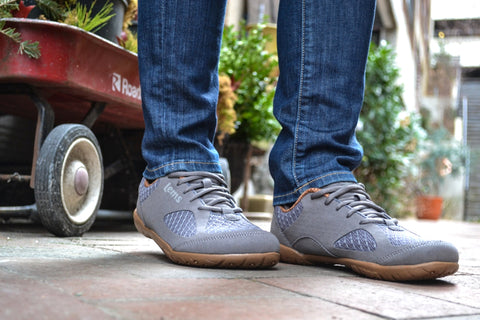 Many people are aware that a transition period is required when switching from conventional shoes to minimalist shoes (now sometimes referred to as “functional footwear”). In fact, this is one of the most common topics we hear about from patients and customers. Most people want to know the proper protocol for transitioning to men's or women's foot-healthy footwear—shoes, boots, or sandals that are widest at the ends of the toes,...
Read more
Many people are aware that a transition period is required when switching from conventional shoes to minimalist shoes (now sometimes referred to as “functional footwear”). In fact, this is one of the most common topics we hear about from patients and customers. Most people want to know the proper protocol for transitioning to men's or women's foot-healthy footwear—shoes, boots, or sandals that are widest at the ends of the toes,...
Read more













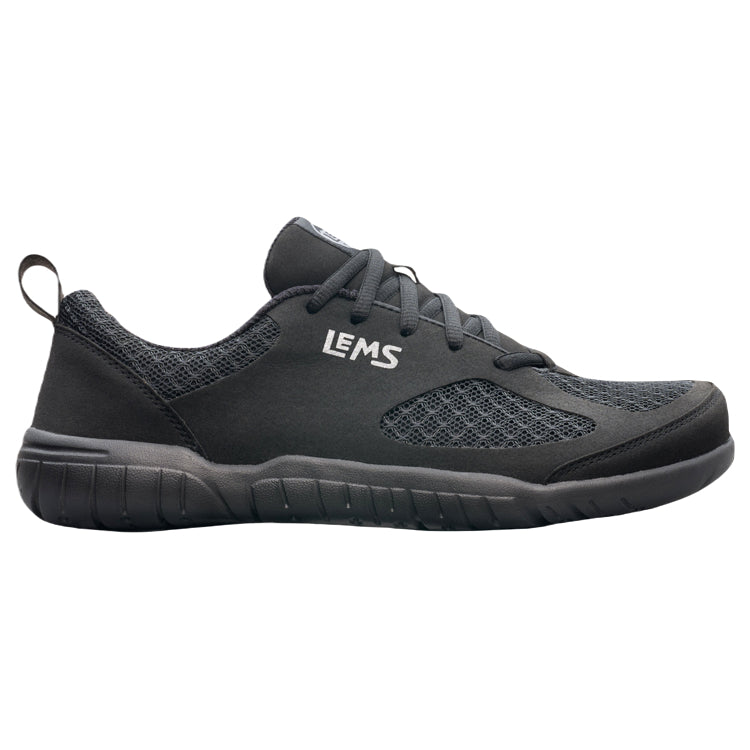
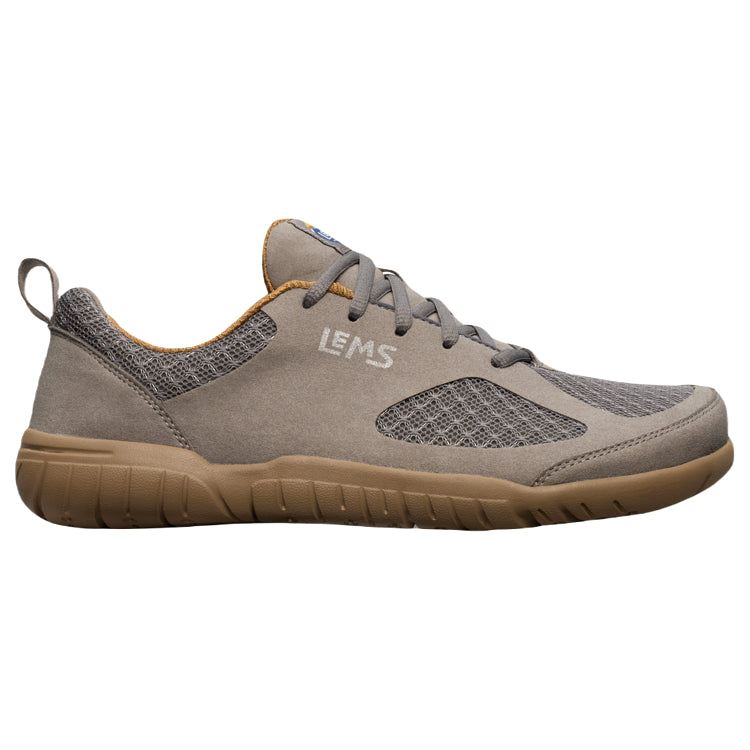
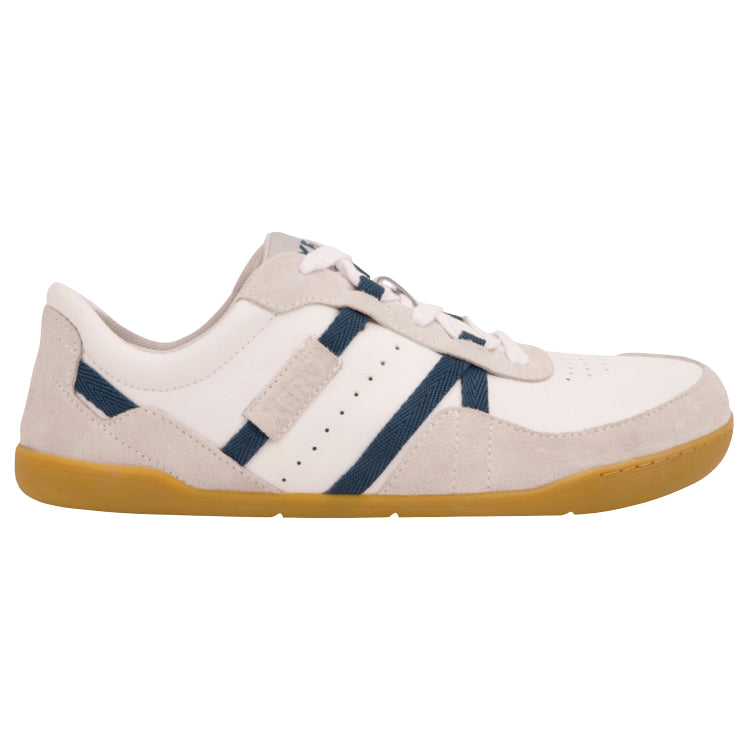
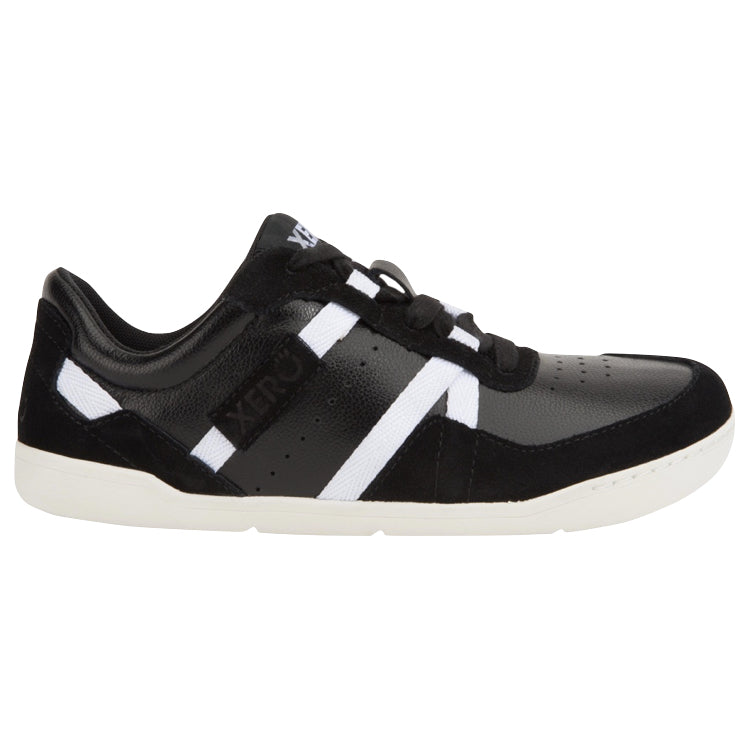
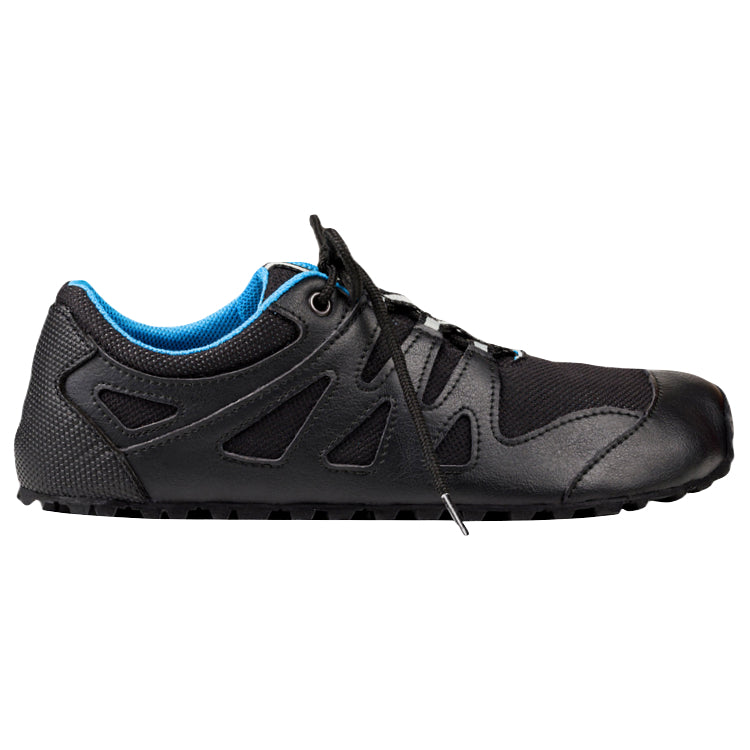
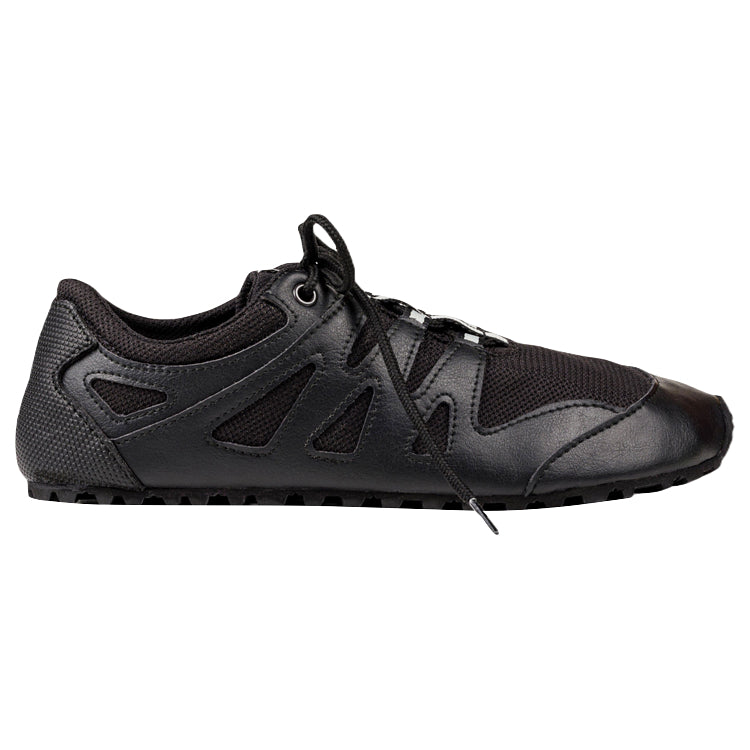
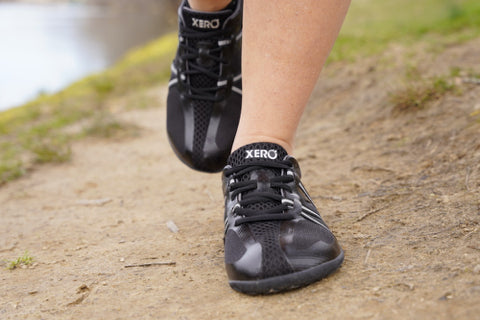

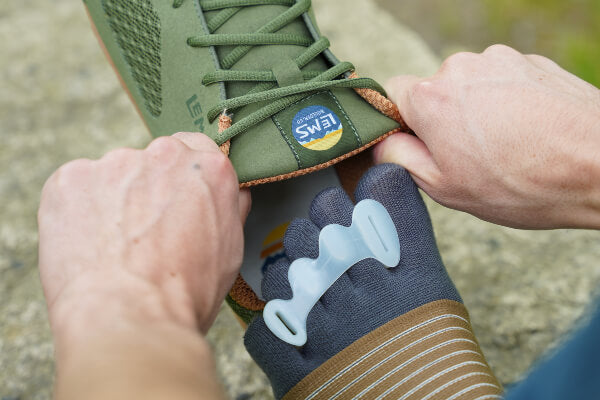
There is no mention of how wide the shoes are, nor how high the arch is for a given length. Many people who go minimalist would also like to know what the other measurements are.
Hi, Marc,
Thank you for your comment. Those are indeed some good considerations that you mentioned, and they ought to be assessed—in person, if possible—when selecting footwear, including minimalist footwear.
Kind regards,
Marty Hughes, DC
I wear Lems Boulder Boots and love them but … I was wearing them in the woods and the soft outer sole material allowed a stick splinter, about half the size of a pencil, to penetrate right through the sole. Fortunately, it didn’t penetrate my foot because it was on the edge. Is there something that can be done to beef up the sole to protect against such things? Or is there a foot-healthy boot alternative that could be suggested?
Hi, Peter,
Thank you for your comment. I’m sorry to hear about that incident with the stick splinter! I’m glad that it didn’t cause any foot issues for you. It’s true that footwear with relatively thin soles may be more subject to this kind of thing, though it’s generally quite rare, in my experience. The outsole of the Boulder Boot is made of a rather soft air-infused rubber, which makes it more lightweight (beneficial) but also more prone to punctures (not beneficial).
Other companies, such as Xero Shoes, produce hiking footwear that incorporates a denser rubber outsole that’s more protective, from the standpoint of preventing punctures of the kind you experienced. If you would prefer to stick with your Boulder Boots, you might consider adding a “rock plate” insert to give you a bit of peace of mind when it comes to punctures. But doing so will also add weight, reduce sole flexibility, and strip you of some of the tactile feedback you rely on to make proper footfalls (it may also make the in-shoe environment more uncomfortable). So, there are some real tradeoffs involved here.
Please let me know if you have any other thoughts or questions on this topic!
All the best,
Marty Hughes, DC
Would you suggest the midfoot or forefoot strike when WALKING or just when running? The article is not clear: “A true minimalist shoe should also encourage healthy gait patterns during both walking and running, and it should help you step lighter too (i.e., the shoe should encourage a lower-impact midfoot or forefoot strike). A midfoot or forefoot strike helps your body better handle or disperse the forces associated with bipedal movement and will help preserve the integrity of your joints and other tissues.”
Hi, Nancy,
Thank you for your question. Ideally, what you want to experience is a midfoot landing when running and walking. The more minimalist your shoe is, the easier this is to achieve. Certainly, if you were to try walking barefoot, you would find that a midfoot landing is the default option.
Please let me know if you have any other questions!
Kind regards,
Marty Hughes, DC
I have been using Correct Toes for 5 months. I followed directions and used transitional shoes and slowly began to trim the Correct Toes to find max comfort. Then I decided to try my first Lems Primal 2s after almost a month of using Correct Toes in conventional running shoes that I had slit around the toe box. The Primal 2s were a dream. It took a while to stop landing on my heel, but finally, I adopted the midfoot landing and I immediately ordered more minimalist shoes. I now own four pairs of Lems Primal 2s, Mariners, and Boulder Boots, the latter of which are on my feet now. This orthotic/shoe combo has eliminated my foot pain, reduced my knee pain, and given me the freedom to travel and participate in activities I was losing. The only real downside has been offering my former shoes to others. I guess they are better than no shoes, but I feel a little guilty knowing what they did to my feet and skeletal system. Thank you all for your wonderful partnership!
Hi, Doug,
Thank you for your amazing feedback! It’s so great to hear about the foot health gains you’ve achieved since adopting a more natural approach to feet, footwear, and foot health. Please do keep us updated on any additional milestones you achieve on your journey toward optimal foot health!
Kind regards,
Marty Hughes, DC